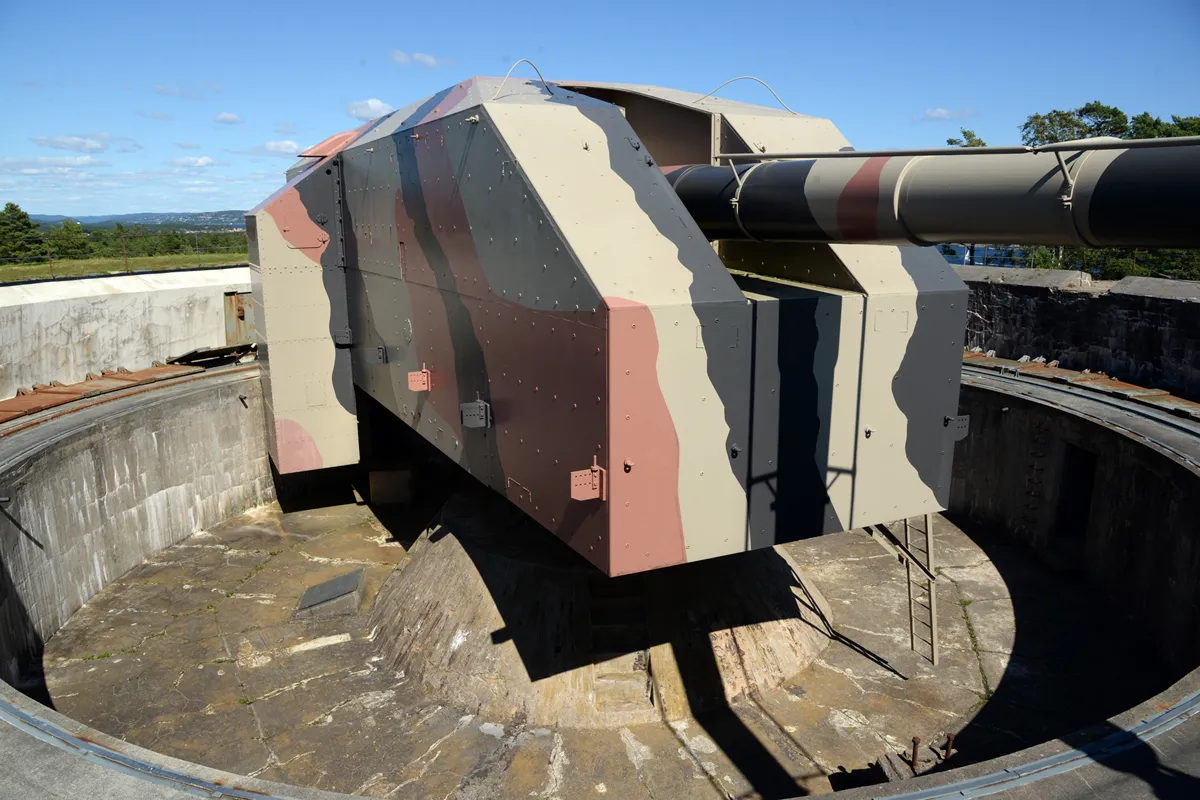

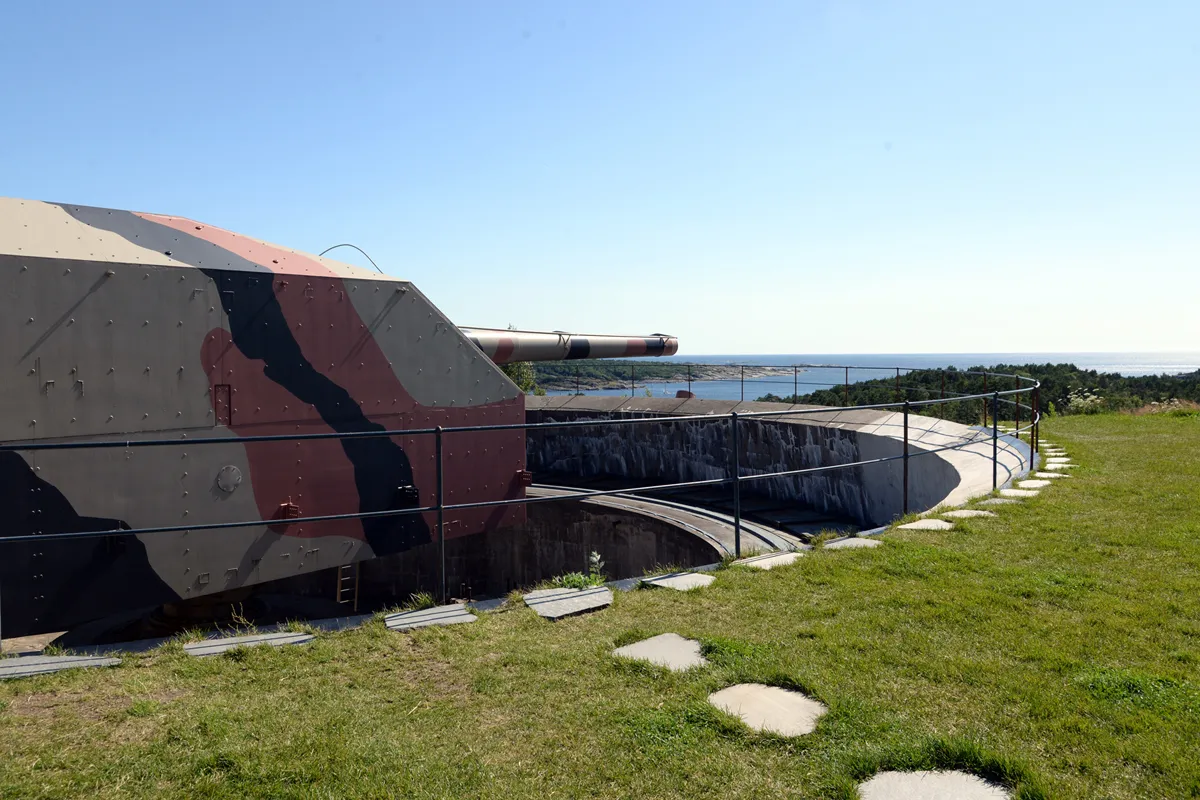


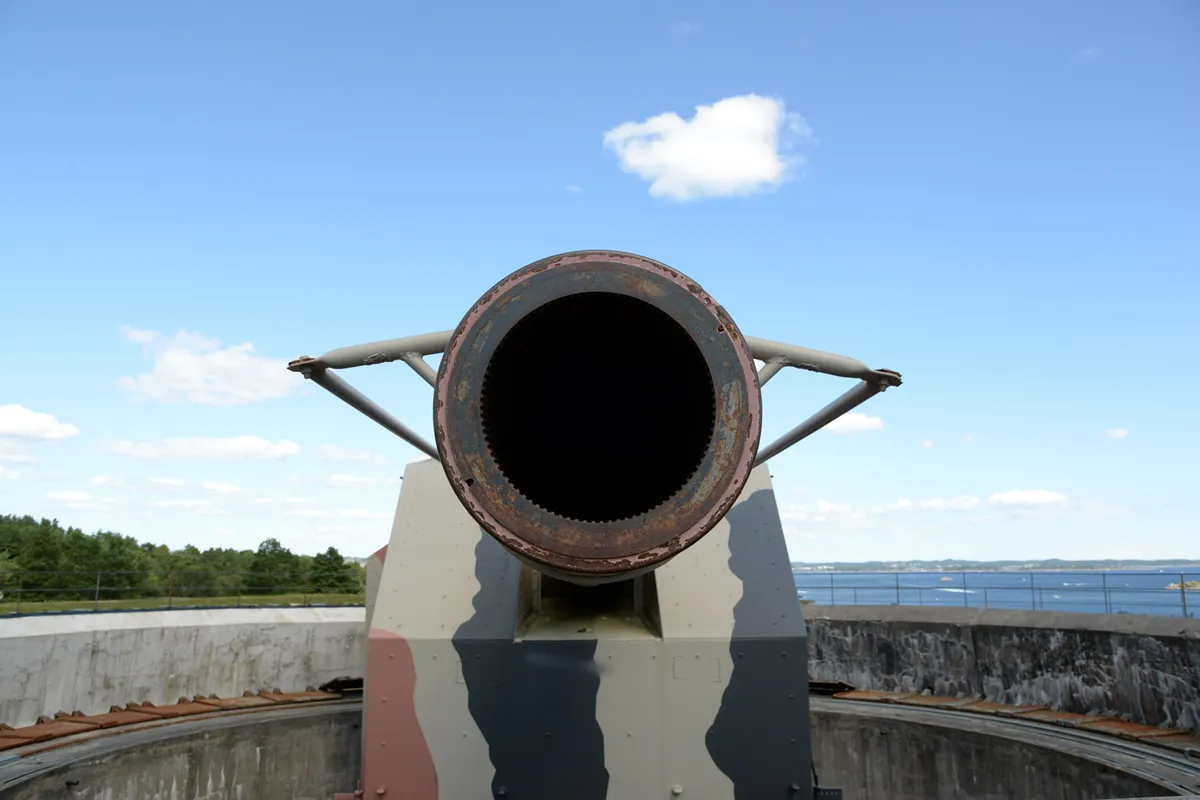

After getting my ticket at the small visitor center, I looked at the map to decide where to go and what to make a priority. The map shows 32 sights placed mostly along the railway track. I started at number 1 – the huge cannon called “Cannon II”. The cannon is still standing in the same bunker where it was originally placed (1941 -42). The size is impressive. It is huge! Just as impressive is the weight – 337 tons! Look at the photo with the man standing in front of the cannon tube, that has an internal diameter of 38 cm. It is open so that one can have a look inside. Everything is still intact, so it is still functional.


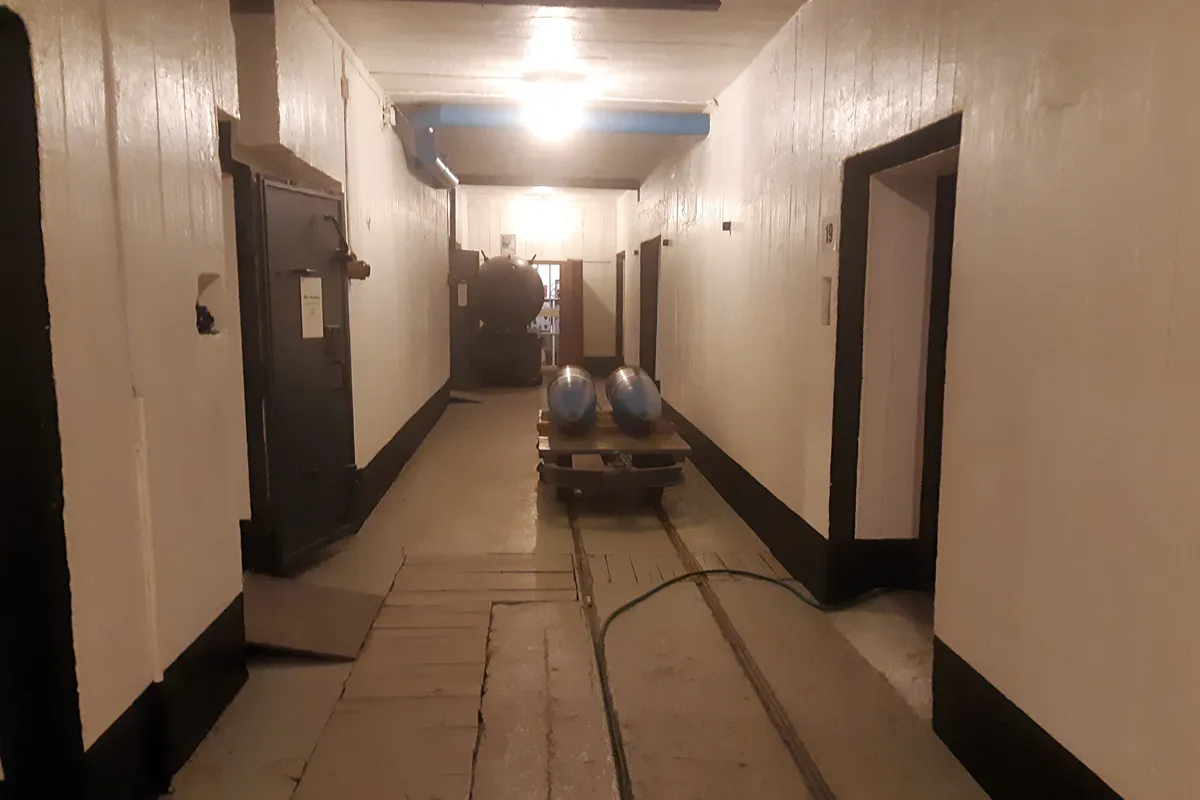
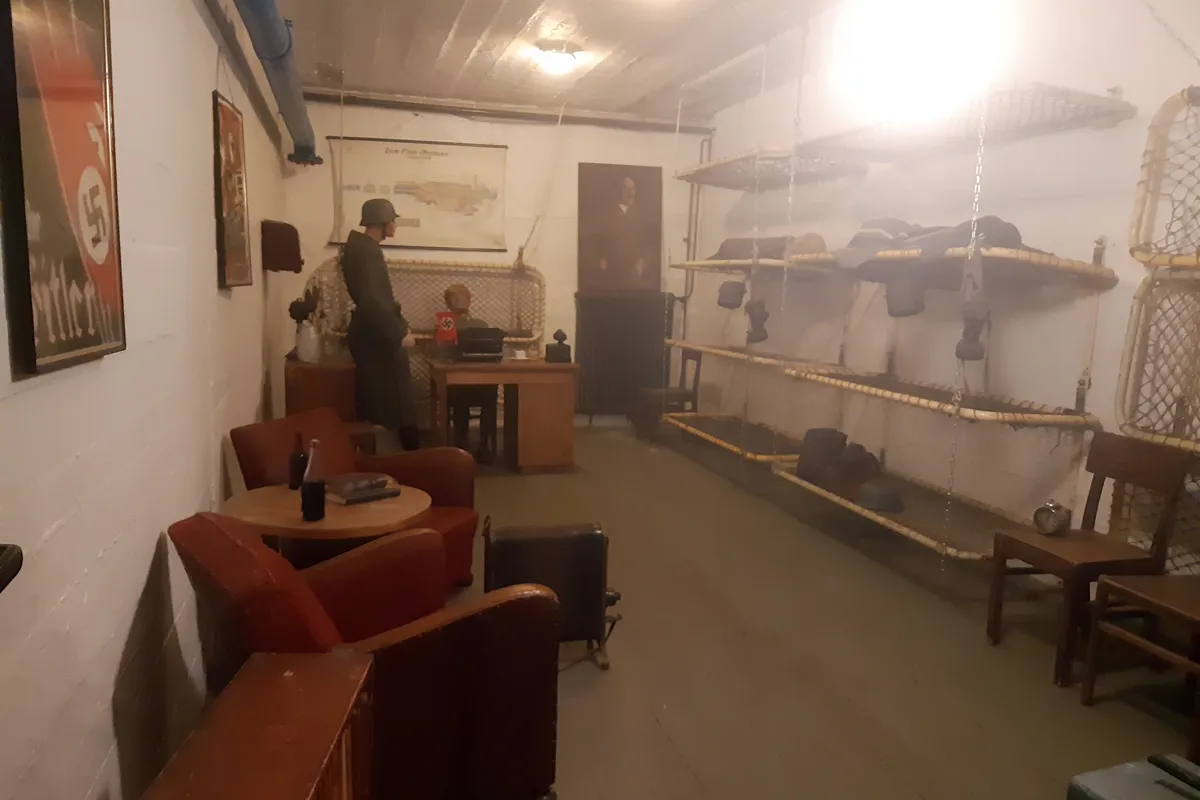
Inside the cannon bunker there is an exhibition worth visiting. Many weapons on display. Most interesting is all the rooms and corridors. This cannon was one out of 4 on the fort. Beside these 4, there were several small cannons as well. This cannon was built by Norwegians, Danes and prisoners of war (Russians). The last time it was fired, was in 1957.
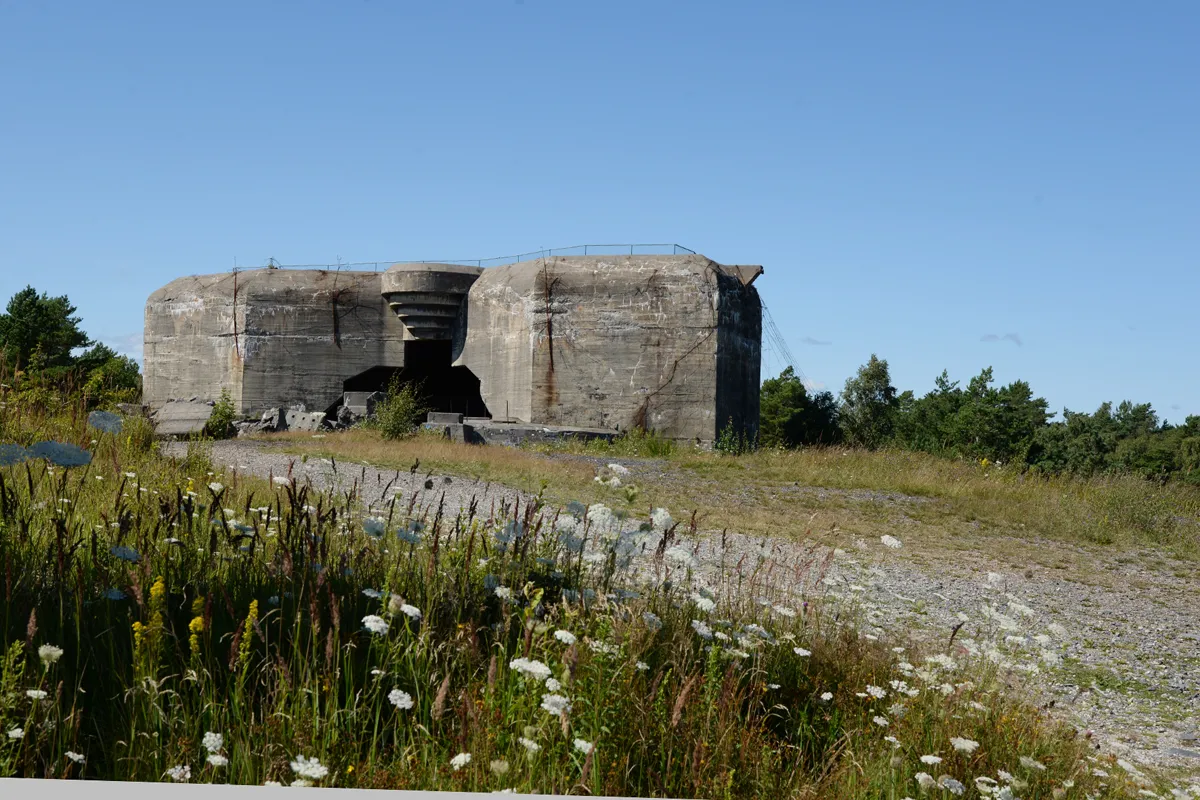
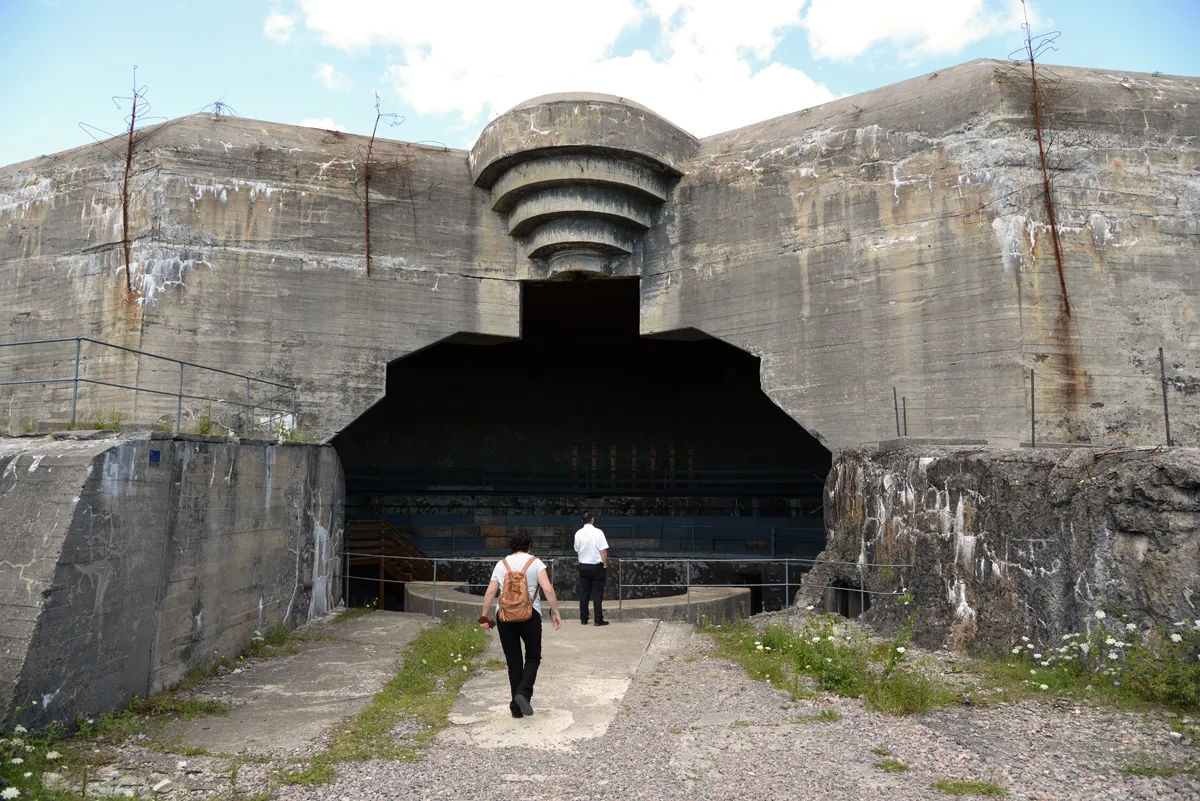
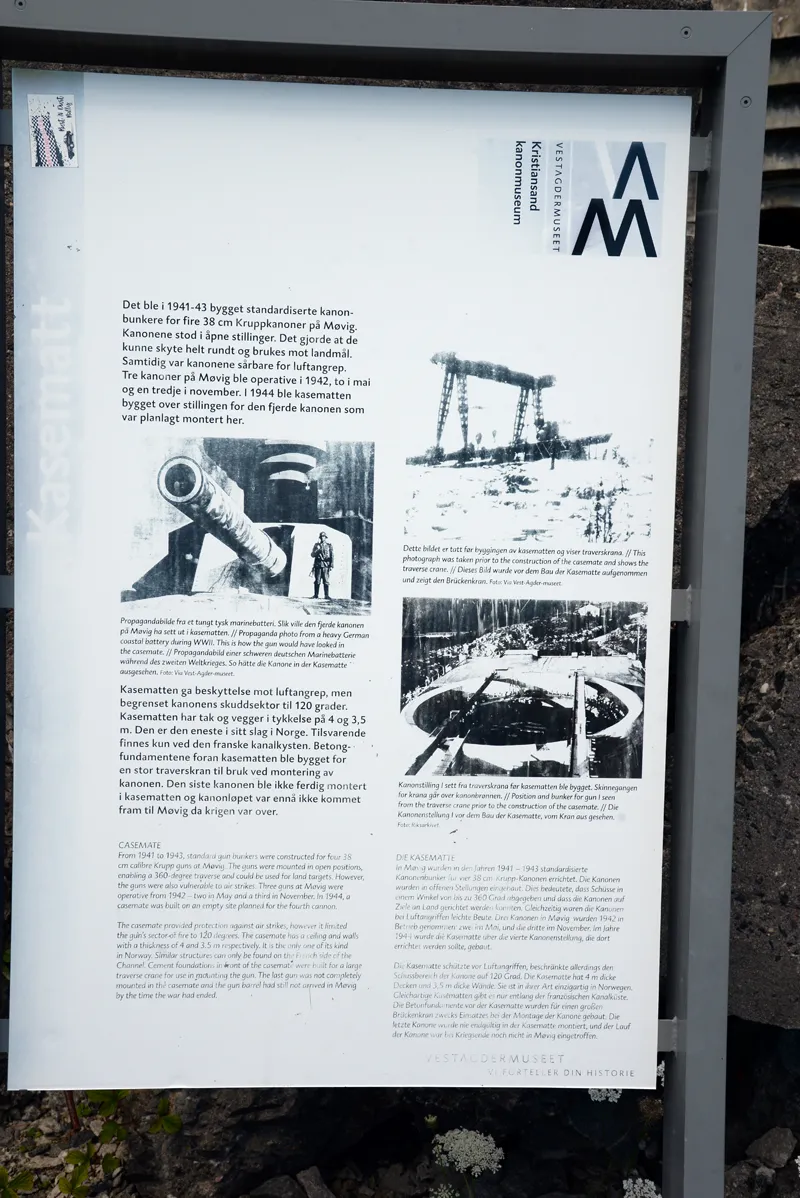
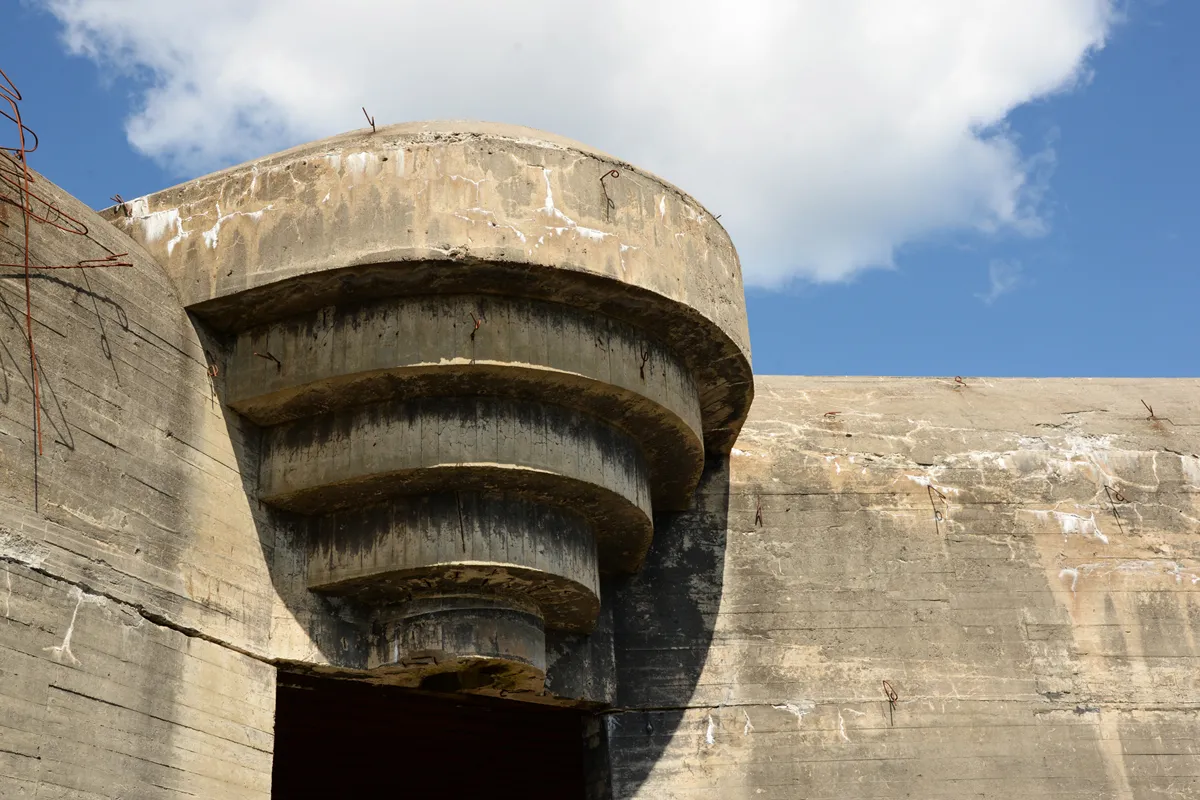
Then I turned around and walked a few minutes to the “Kassematte” / Casemate. This is a huge bunker built in 1944 to protect the cannon inside against air strikes. The concrete walls and roof are 4,0 and 3,5 meter thick. It is unique as it’s the only one of its kind in Norway.
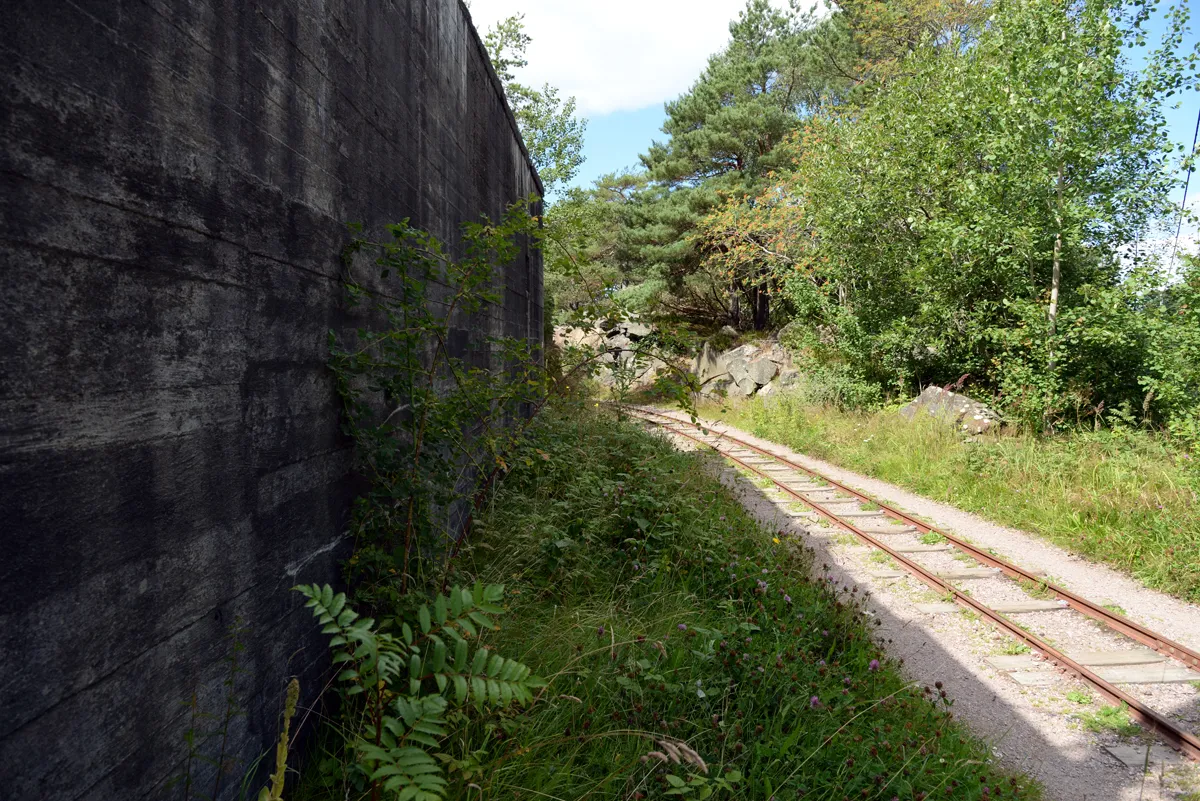
On the 9th of April 1940
On this day Germany attacked Norway. Denmark was also attacked. This meant that Germany was in control on both sides of Skagerak. The border between the two countries is somewhere in this sea. Germany wanted to close the entry into Skagerak. By doing that, ships could not get through to the Baltic Sea and the Baltics countries. That is the reason why they built the cannon battery here at Møvik. On the Danish side of the Skagerak, they built a similar cannon in Hanstholm. The distance between Hanstholm and Møvik is 116 km and the shortest between the two countries. The cannons had a range of 55 kilometers. This made the two of them the guardians of Skagerak. Both became part of The Atlantic Wall. This was a defensive line along coastal Europe, from southern France to Norway.
 This building used to be a barrack for the crew. It’s the only one that still remains more of less intact.
This building used to be a barrack for the crew. It’s the only one that still remains more of less intact.
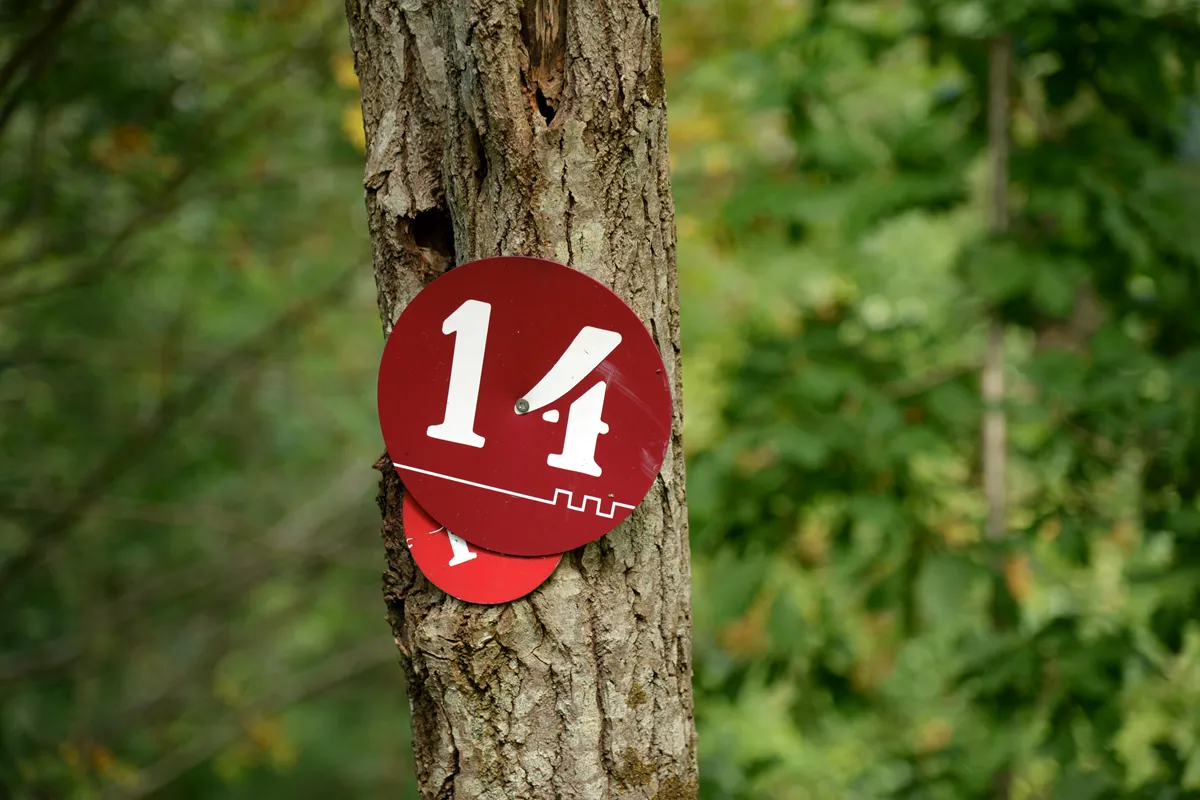
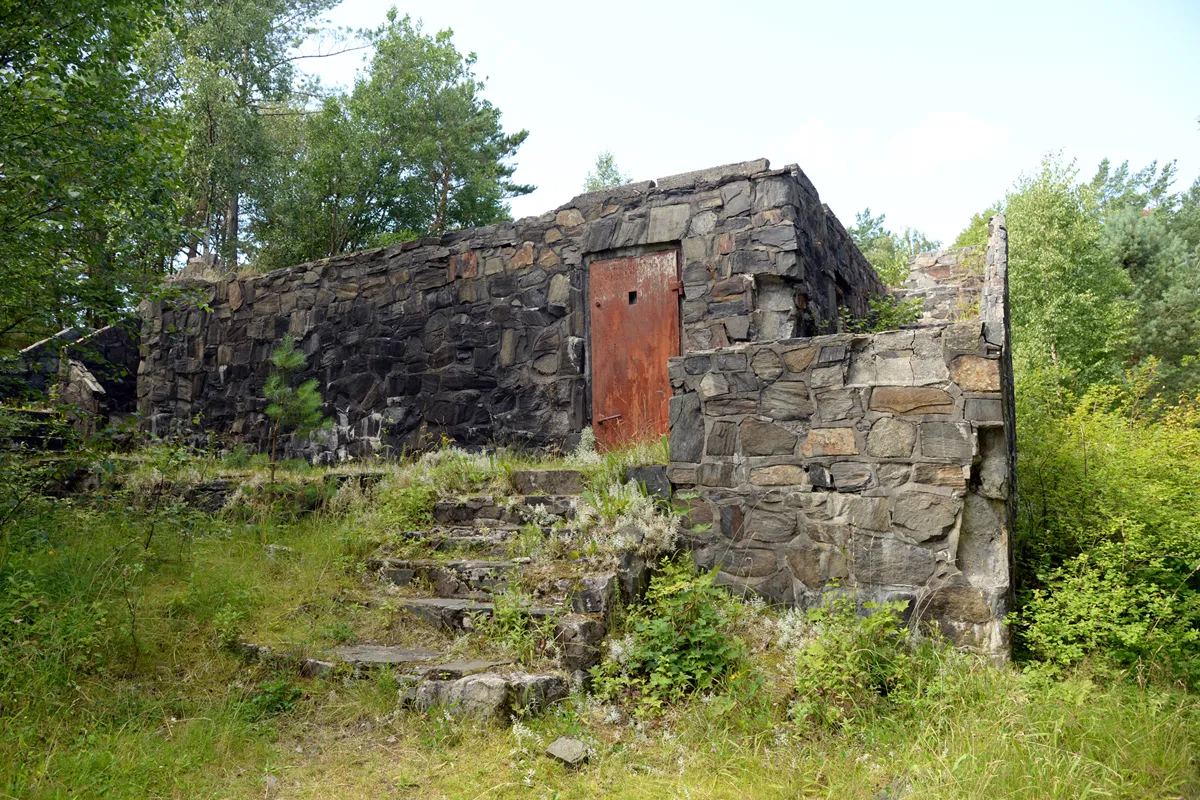

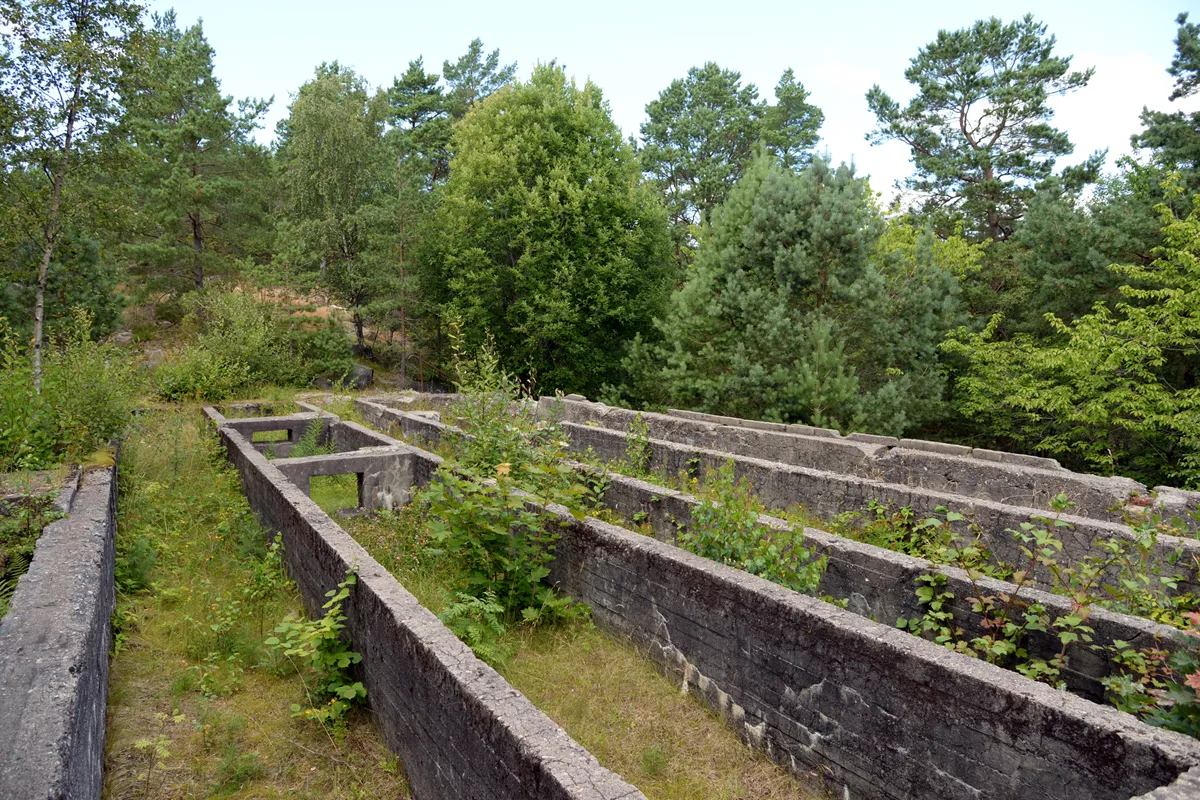
Further along the track I stop at number 14 on the map. This is what is left of what was once the barracks for the officers. Not much is left. Often the officers would call their cantina for “Casino”. The name suggests that it was in use for other activities than eating.
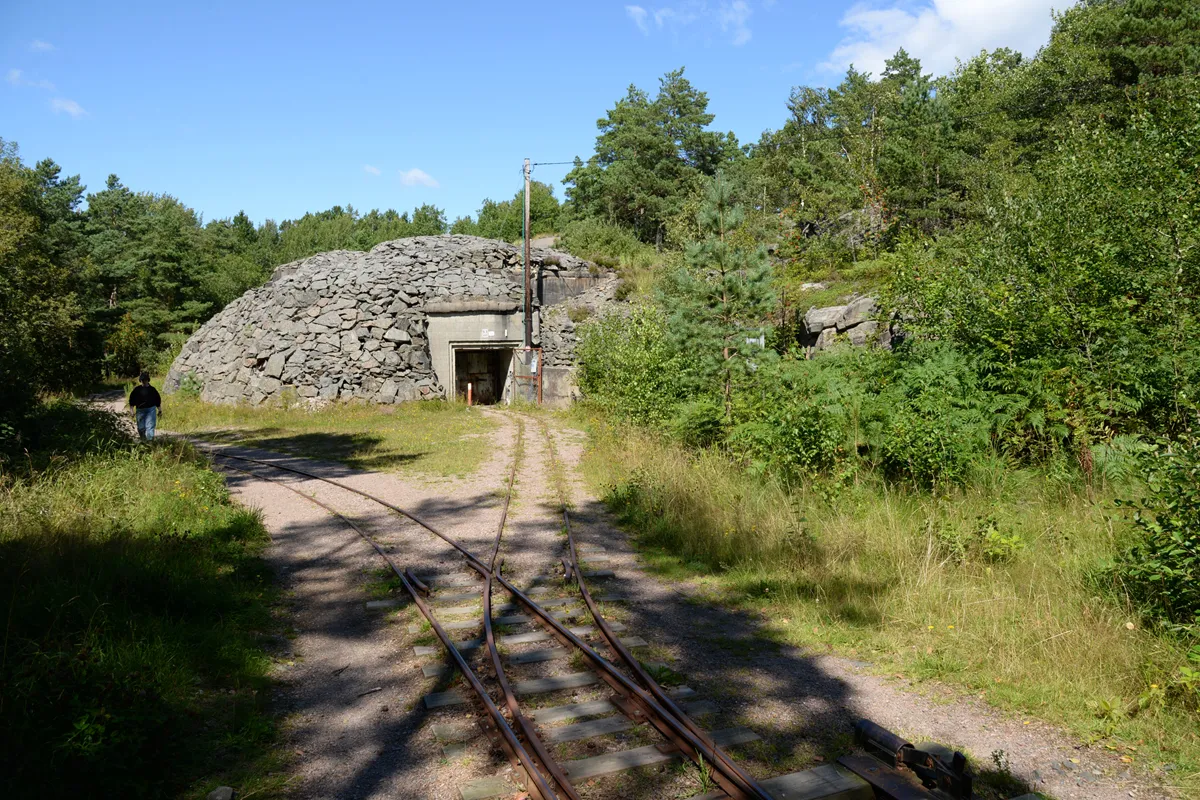
As I kept walking towards the end of the track, I passed two ammunition bunkers. You can see the railway tracks leading into it. This was where the ammunition for the cannons were kept.

Almost finished my round, and I end up at sight nr. 27. This where one of the 4 cannons used to be placed. The cannon was sold sometime in the fifties. You can still get an idea of the dimension.
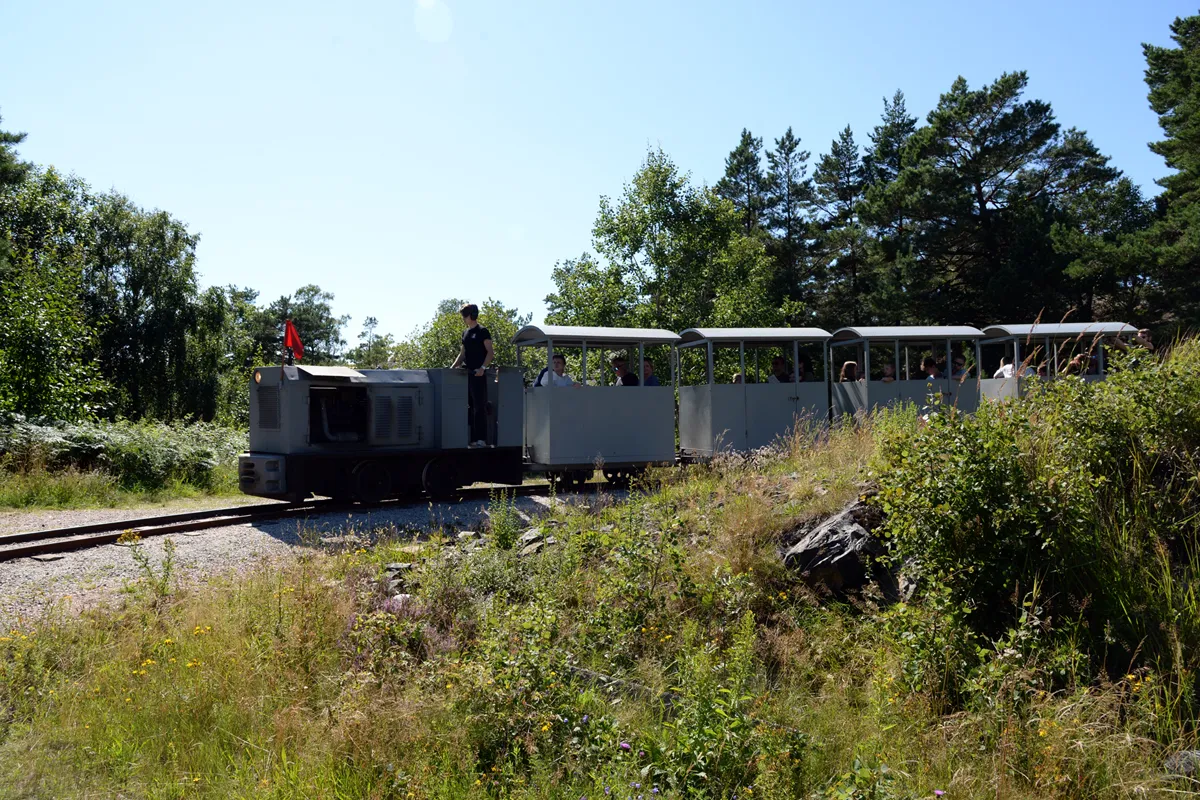
The last thing I saw before reaching the car park is the small train that does not carry ammunition. Instead of transporting ammunition it takes passengers on a ride.


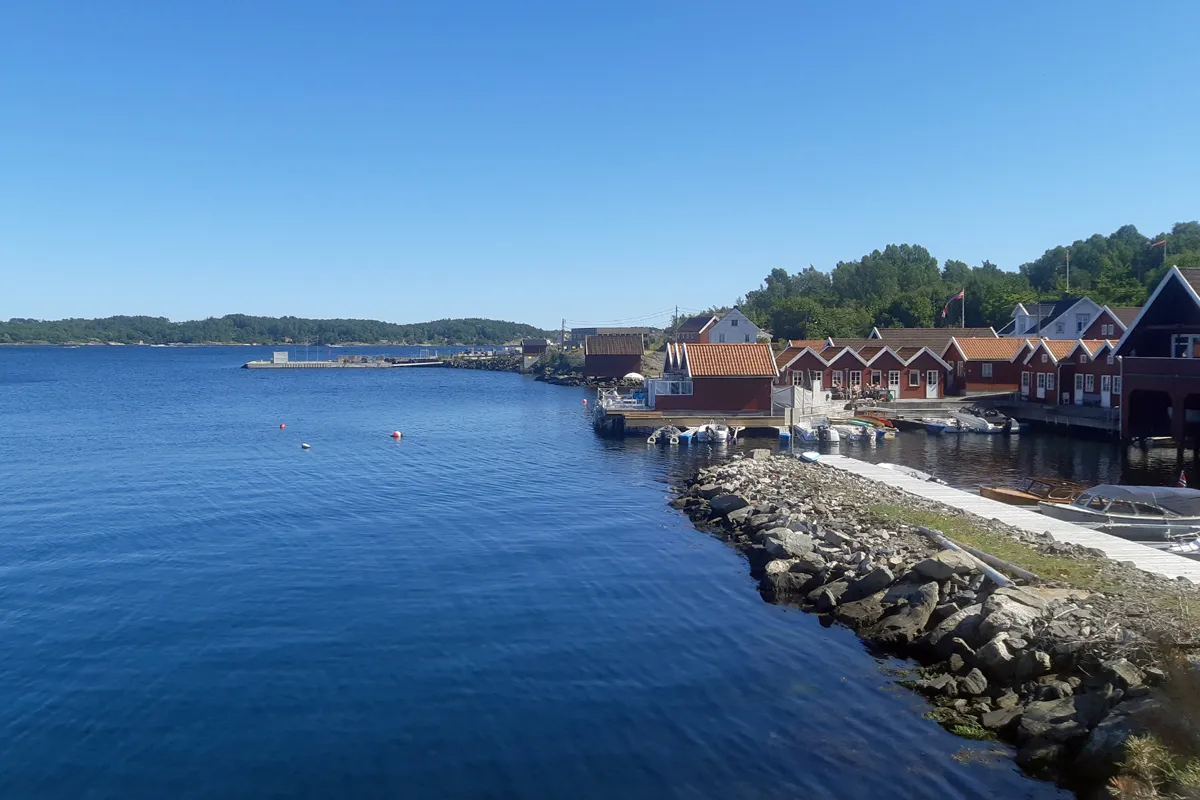 The coast at Møvik
The coast at MøvikIt is an exciting technical manifestation with enormous dimensions. Not only the size of cannons and weapons, but also the amount of concrete that has been used for building all the bunkers and installations. The first shot was fired on 17th of June 1943. All three cannons were in use. It has been assumed that the crew numbered approx. 600 during the years of the war. During WWII the strategic location of Kristiansand became important, but the Germans build a large defense system along our coast. We can still find many disused bunkers and old equipment from the war along our west coast as well. This was a little piece of history from my hometown. I have decided to visit at least three of the museums in town during the summer. The Cannon Museum is one of them.
Sources:
https://www.vestagdermuseet.no/kanonmuseum/
Please do follow if you want to keep up with my next travel story. Any upvotes or reblogs are hugely appreciated!
Latest travel story, check out:
Driving across the Plaine de Remparts – La Reunion
U.J
Kristiansand, Norway
All the photoes are mine, Ulla Jensen (flickr, Instagram and facebook)
[//]:# (!worldmappin 58.09132 lat 7.96886 long One of the world's largest navel gun still fully functional – Kristiansand (Norway) d3scr) [//]:# (!pinmapple 58.09193 lat 7.96778 long d3scr)Follow us for our street art contest and blogs about travel, art, photo, crypto & gaming
